Scuba Dive Knife: Choosing The Best In 2023
If you’re in the market for a new dive knife before your next underwater adventure, there are a few factors that you should be aware of before making your decision. The type of diving you enjoy and the location of your regular dive sites will play a part, as will the way in which you expect to use your new dive knife.
Whether you enjoy diving on vintage wrecks, in and amongst kelp forests, or in areas that see lots of fishing activity, there are different kinds of underwater hazards, and there are different types of knives to suit different situations. If you expect to encounter entanglement issues from fish lines or nets on your dive sites, you should make sure you choose a knife with good line-cutting abilities. Spearfishermen may prefer a leg-mounted dive knife, while wreck or cave divers may prefer a knife that attaches to their BCD inflator hose.
With knives for diving available in an array of different designs, shapes, and sizes, picking the right one for you may not be as easy as you first thought. We’re going to talk through the different features of some of the best dive knives on the market to help you pick the best one for you and your next dive trip.
The Features To Look Out For In A Dive Knife
Not all dive knives are created equally, and as scuba divers, we don’t all dive in the same manner or in the same environments. It’s important to select the right knife for you: one that can handle the tasks you may encounter in your dive environment.
Divers and free divers who enjoy their sport in freshwater can be less concerned with how resistant to corrosion the blade is compared to those who dive in saltwater.
Are you going to be using your new knife for stabbing or prying? Then maybe a sharp tip is better than a flat-ended knife.
If you expect to spend time cutting fish line, you may want to look for a knife with a line-cutting notch, or even a pair of underwater shears
Stainless Steel Knife vs. Titanium Knife
Titanium dive knives have a higher corrosion resistance than stainless steel dive knives. If you regularly dive in saltwater, an electrolyte solution, it contains more dissolved ions than freshwater, making it less resistant to rust. For this reason, a titanium blade, although more expensive than stainless steel, will last longer.
One difference between titanium and steel is their densities; titanium is about half as dense as steel, making it substantially lighter. While this can have a small but positive effect on the weight of your baggage (don’t forget to put your knife in the checked luggage if flying), it’s not a huge difference.
Many people perceive titanium to be much stronger than steel, however, they have similar strengths, but titanium can provide the same strength as steel despite weighing considerably less. The fact that titanium knives are more lightweight coupled with their better resistance to rust makes them a popular choice amongst both divers and those who enjoy spearfishing.
Blunt Tips vs. Sharp Tips
The tips of most knives are designed in two main different ways: blunt tip or sharp, pointy tip. The type of knife tip you should choose will depend on the type of diving you do. A flat-tipped blade will be much less likely to accidentally puncture your BCD, but if you try to pry something open with a pointy tip, it may well snap. Flat-tipped knives can be used as screwdrivers in certain situations too, unlike their pointier counterparts.
Line-Cutting Ability
A line cutter notch is a feature on many knives that is designed to make it easy to cut fishing lines, ropes, and nets. A knife with such a feature is an essential piece of dive kit if your local dive sites or intended destination have lots of fishing activity. Nylon fishing lines can be tricky to cut without this feature, but many people who dive in areas with such hazards opt for diving shears or scissors over or in addition to a knife.
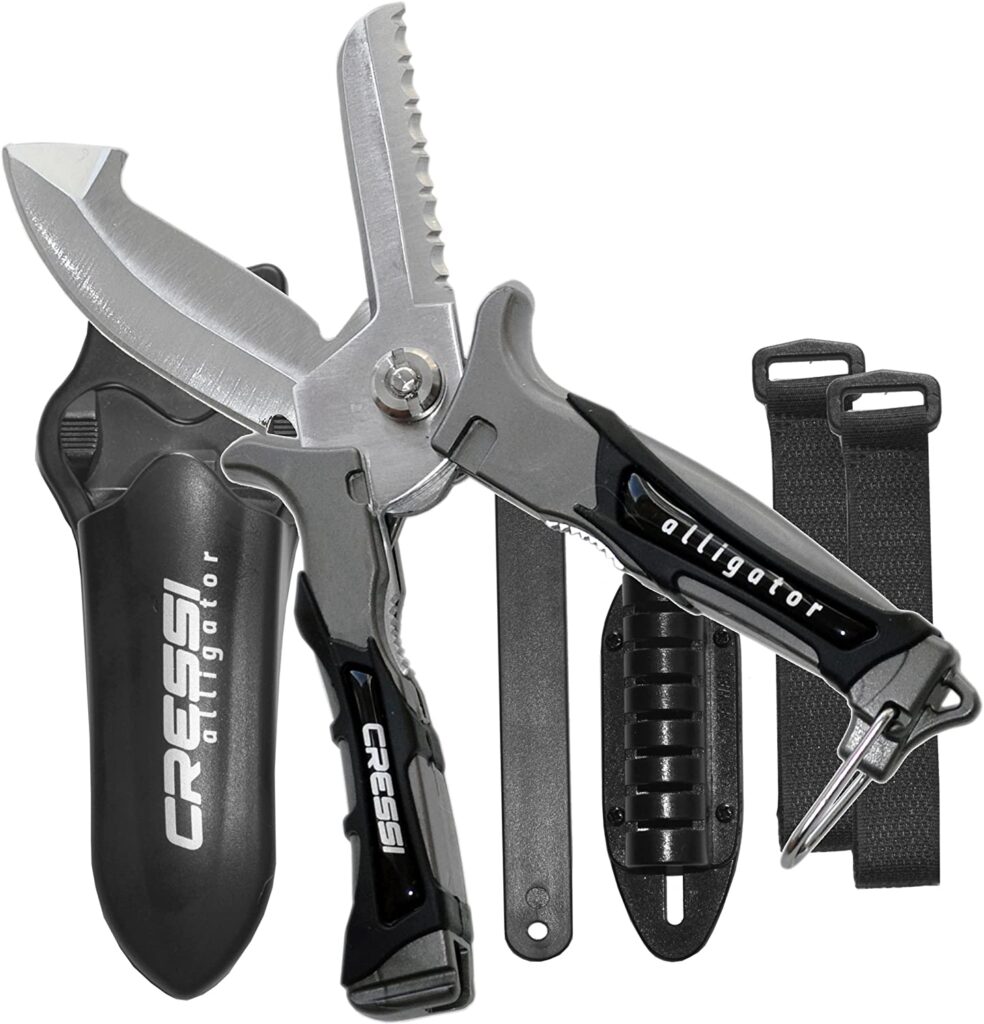
Design Of Handles
The comfort and quality of the grip of your new dive knife are other features to check out. Your knife is a safety tool, and buying one that is comfortable in the hand and non-slip is also very important. Losing your hold on a slippery handle at a crucial moment could unnecessarily add to your risk when diving. You want a knife that you can trust on every dive, so before buying, get a feel for the handle and choose one that has a suitable thickness for the size of your hands.
Some knives feature a foldable design rather than a fixed blade, where the blade folds back into the handle when not in use. These are more compact and less likely to rupture your BCD bladder, but it’s a good idea to search for foldable blade knives that you can open with one hand.
Some knives for diving also feature a means of getting your buddy’s attention. Knives with a metal end to the handle can be used to bang on your tank and can be another useful feature to check for.
Type Of Blade
The design of the blade itself can vary from knife to knife, too. There are knives with a straight, plain edge and those with a serrated edge that can also be used use in a sawing motion. The importance of the difference between a plain edge and a serrated one, again, will depend on how and where you dive, and the potential underwater hazards that you may encounter.
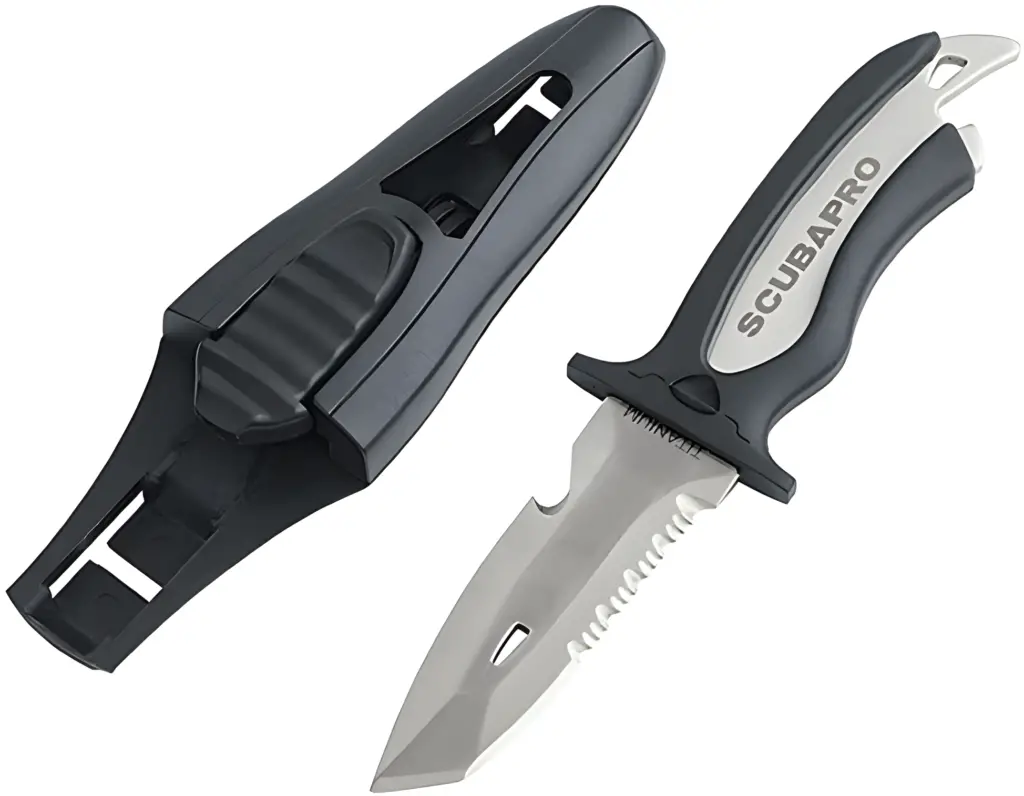
Where Do You Attach Your Dive Knife?
While the ability to securely attach your knife to your equipment or yourself is important, there are different ways of doing this with different dive knives. There are three main types of attachment for dive knives:
BCD or Hose-Mounted Knives
If a knife is made to be mounted on your BCD or directly onto the hoses, it will usually be easy to reach when you need it during a dive. Different divers like to keep their knives in different places, but having it readily available on the outside of your equipment can make it quicker to deploy.
Leg-Mounted Knives
Leg-mounted dive knives are typically preferred by spearfishers and free divers. With no jacket or hoses to attach the knife to, and no pockets, strapping it to your leg is a convenient solution.
Pocket-Stored Knives
Another option is to simply keep the knife in your pocket. It’s a valid option, but its important to attach it, via a string or lanyard, to prevent it inadvertently falling out should you forget to close the pocket correctly.
Dive Knife Maintenance
All too often, after buying a new knife and attaching it to their equipment, divers then neglect their knives. It’s indispensable to look after your dive knife, so it’s in prime condition should you need it.
After each dive, rinse your knife in freshwater, lubricate the blade periodically with a light coating of silicone to prevent corrosion, and allow it to dry out of sheath before replacing it ready for your next dive.
Best Dive Knives On The Market In 2023
Titanium Blades
[content-egg-block template=offers_list groups=”Titanium”]
Stainless Steel
[content-egg-block template=offers_list groups=”Stainless Steel”]
Disclosure: This post may contain affiliate links, which means that DIVEMONDO may receive a small commission if you make a purchase using these links. As an Amazon Associate this website earn from qualifying purchases.



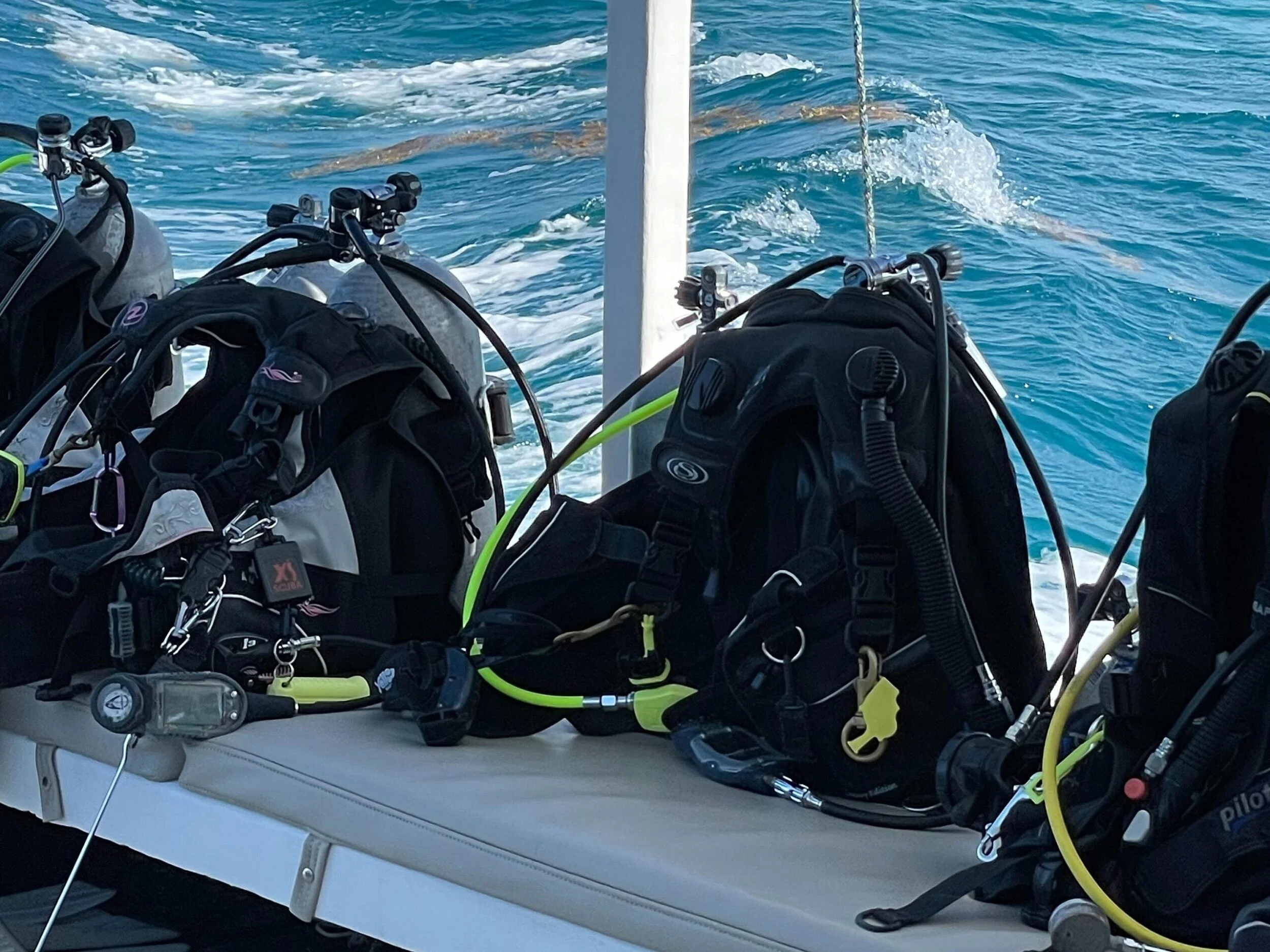




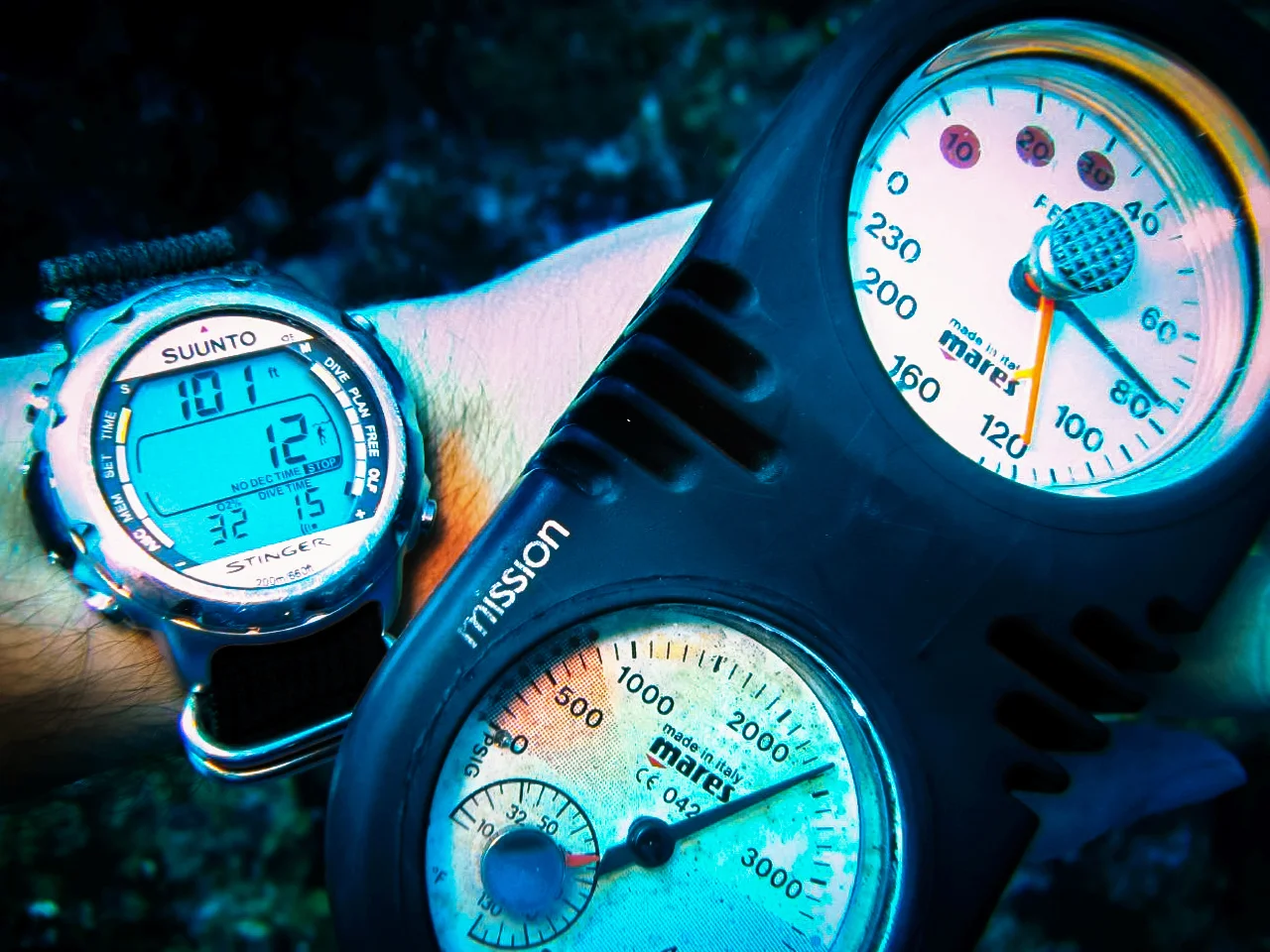
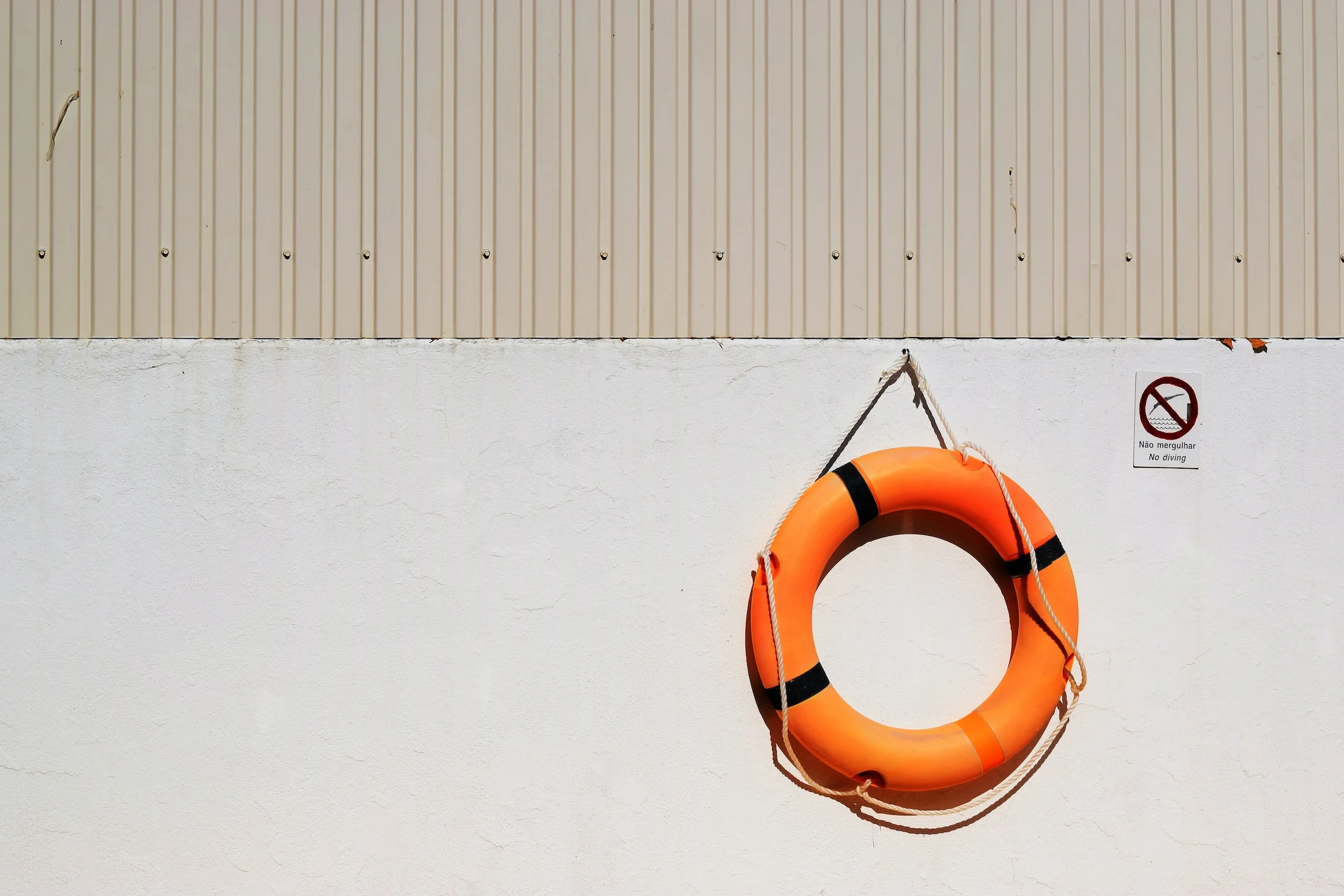

Leave a Reply